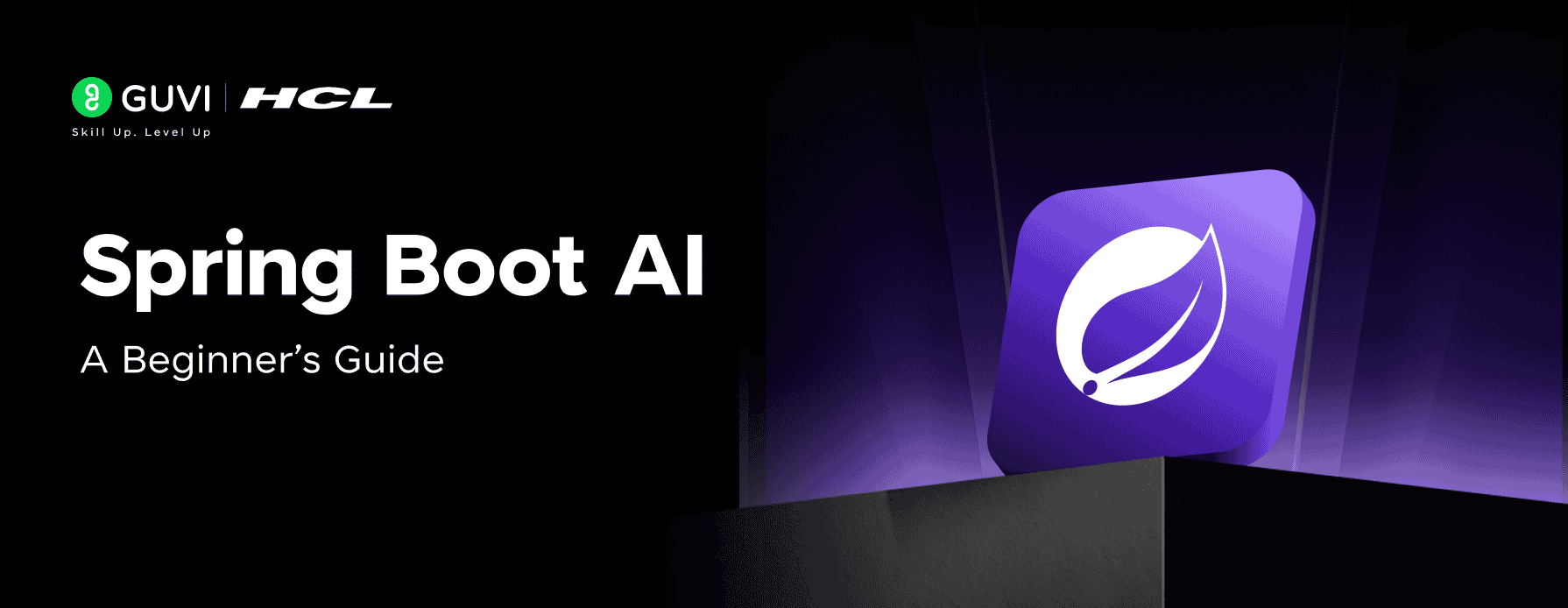
Spring Boot, the powerful Java-based framework designed to simplify backend development, has become a favorite among developers due to its ease of use, robust infrastructure, and scalability. As artificial intelligence (AI) continues to revolutionize industries from healthcare to finance, integrating AI with Spring Boot is emerging as a strategic move for building smarter, more responsive applications.
This blog dives deep into how you can harness the capabilities of AI within the Spring Boot ecosystem, whether you’re building chatbots, recommendation engines, or predictive systems. Whether you’re a Java developer looking to branch into AI or a team lead exploring innovation for your application stack, this guide offers you a comprehensive roadmap.
Table of contents
- Understanding the Basics
- What is Spring Boot?
- Overview of Artificial Intelligence (AI)
- Why Integrate AI with Spring Boot?
- Use Cases of AI in Spring Boot Applications
- Tools & Libraries for AI in Spring Boot
- Real-World Examples and Case Studies of Spring Boot
- Challenges and Limitations of Spring Boot
- Future of AI with Spring Boot
- Concluding Thoughts…
Understanding the Basics
Before diving into the synergy between Spring Boot and AI, it’s crucial to understand the foundational concepts. This section breaks down what Spring Boot is, how AI works, and why combining the two can unlock powerful, intelligent Java applications for you in a simple, easy-to-understand language. Let’s begin
What is Spring Boot?
Spring Boot is an open-source framework built on top of the Spring Framework. It simplifies Java application development by auto-configuring project dependencies, providing production-ready defaults, and eliminating boilerplate code.
It’s highly extensible and ideal for building REST APIs, microservices, and enterprise-grade applications.
Overview of Artificial Intelligence (AI)
Artificial Intelligence refers to the simulation of human intelligence processes by machines, especially computer systems. These include learning (machine learning), reasoning, and self-correction.
In software development, AI is often used for tasks such as image recognition, natural language processing (NLP), and decision-making.
Why Integrate AI with Spring Boot?
Combining Spring Boot with AI enables developers to bring intelligent behaviors into web applications and services. Spring Boot’s structure is well-suited for RESTful APIs, making it an ideal foundation for serving AI-powered functionalities such as model predictions, recommendations, or natural language understanding via API endpoints.
Use Cases of AI in Spring Boot Applications
![Spring Boot AI: A Beginner’s Guide [2025] 1 Use Cases of AI in Spring Boot Applications](https://www.guvi.in/blog/wp-content/uploads/2025/08/Use-Cases-of-AI-in-Spring-Boot-Applications_-1200x630.png)
- Intelligent Chatbots with Spring Boot: Spring Boot can be integrated with NLP platforms such as OpenAI, Google Dialogflow, or Rasa to create chatbots that handle real-time communication. These bots can provide customer support, schedule meetings, or automate internal processes.
- Predictive Analytics and Machine Learning Integration: You can use machine learning models within a Spring Boot app to forecast sales, detect fraud, or automate business decisions. Integrating TensorFlow or DL4J into Spring Boot helps you run predictions based on historical data.
- AI-Driven Personalization Engines: Personalized content recommendations—like Netflix or Amazon—can be powered by AI. Spring Boot services can deliver these insights in real time by integrating with behavioral data and ML models to customize the user experience.
- Natural Language Processing (NLP) in Java Apps: Spring Boot can serve as a host for NLP-powered features like text summarization, sentiment analysis, and intent recognition using APIs from Hugging Face, OpenAI, or other Java-based NLP libraries.
Tools & Libraries for AI in Spring Boot
![Spring Boot AI: A Beginner’s Guide [2025] 2 Tools Libraries for AI in Spring Boot](https://www.guvi.in/blog/wp-content/uploads/2025/08/Tools-Libraries-for-AI-in-Spring-Boot-1200x630.png)
- TensorFlow Java API: TensorFlow offers a Java client for running models, especially useful for image and speech recognition tasks directly in Java-based applications.
- Deep Java Library (DJL) by AWS: DJL is an open-source library to build and deploy deep learning models in Java. It supports multiple engines like PyTorch, TensorFlow, and MXNet.
- DL4J (DeepLearning4J): DL4J is a distributed deep learning library for Java and Scala. It’s ideal for processing large-scale data and building advanced AI workflows on JVM.
- OpenAI APIs (e.g., ChatGPT Integration): Java-based Spring Boot services can communicate with OpenAI’s APIs to provide powerful language understanding, code generation, summarization, and more. REST calls from Spring Boot can fetch GPT-generated responses on demand.
Real-World Examples and Case Studies of Spring Boot
![Spring Boot AI: A Beginner’s Guide [2025] 3 Real World Examples and Case Studies](https://www.guvi.in/blog/wp-content/uploads/2025/08/Real-World-Examples-and-Case-Studies-1200x630.png)
- How Enterprises Use Spring Boot for AI Applications: Banks use Spring Boot AI for fraud detection, healthcare startups for diagnostics, and eCommerce giants for recommendation engines.
- Startups Leveraging AI with Java: AI-focused startups are embedding Spring Boot AI to deliver real-time personalization, chatbots, and language translation tools in SaaS platforms.
Challenges and Limitations of Spring Boot
![Spring Boot AI: A Beginner’s Guide [2025] 4 Challenges and Limitations of Spring Boot](https://www.guvi.in/blog/wp-content/uploads/2025/08/Challenges-and-Limitations-of-Spring-Boot-1200x630.png)
- Limitations of Java for AI Development: Compared to Python, Java lacks the extensive AI ecosystem. However, this gap is closing with new libraries like DJL and better API integrations.
- Overcoming Latency and Performance Issues: Use asynchronous calls and batching to reduce AI API call delays. Consider edge inference or on-device ML when real-time speed is critical.
Future of AI with Spring Boot
- Role of Java in the Generative AI Revolution: While Python dominates research, Java’s maturity and enterprise adoption make it ideal for productionizing generative AI applications.
- Evolving AI Libraries and Community Support: The Java AI ecosystem is expanding with new libraries, cloud integrations, and open-source contributions that promise better support for advanced AI workloads.
Want to master full-stack Java development and be AI-ready at the same time? GUVI’s Java Full Stack Development Course equips you with hands-on skills in Spring Boot, REST APIs, and modern development workflows—perfect for building intelligent, production-grade applications.
Concluding Thoughts…
Spring Boot AI represents a powerful synergy between the stability of Java and the intelligence of AI. From real-time chatbots to scalable microservices hosting machine learning models, developers now have the tools to build future-ready, intelligent applications.
As the AI landscape matures, integrating it into the Spring Boot ecosystem will no longer be optional—it will be essential for modern application success. Good Luck!


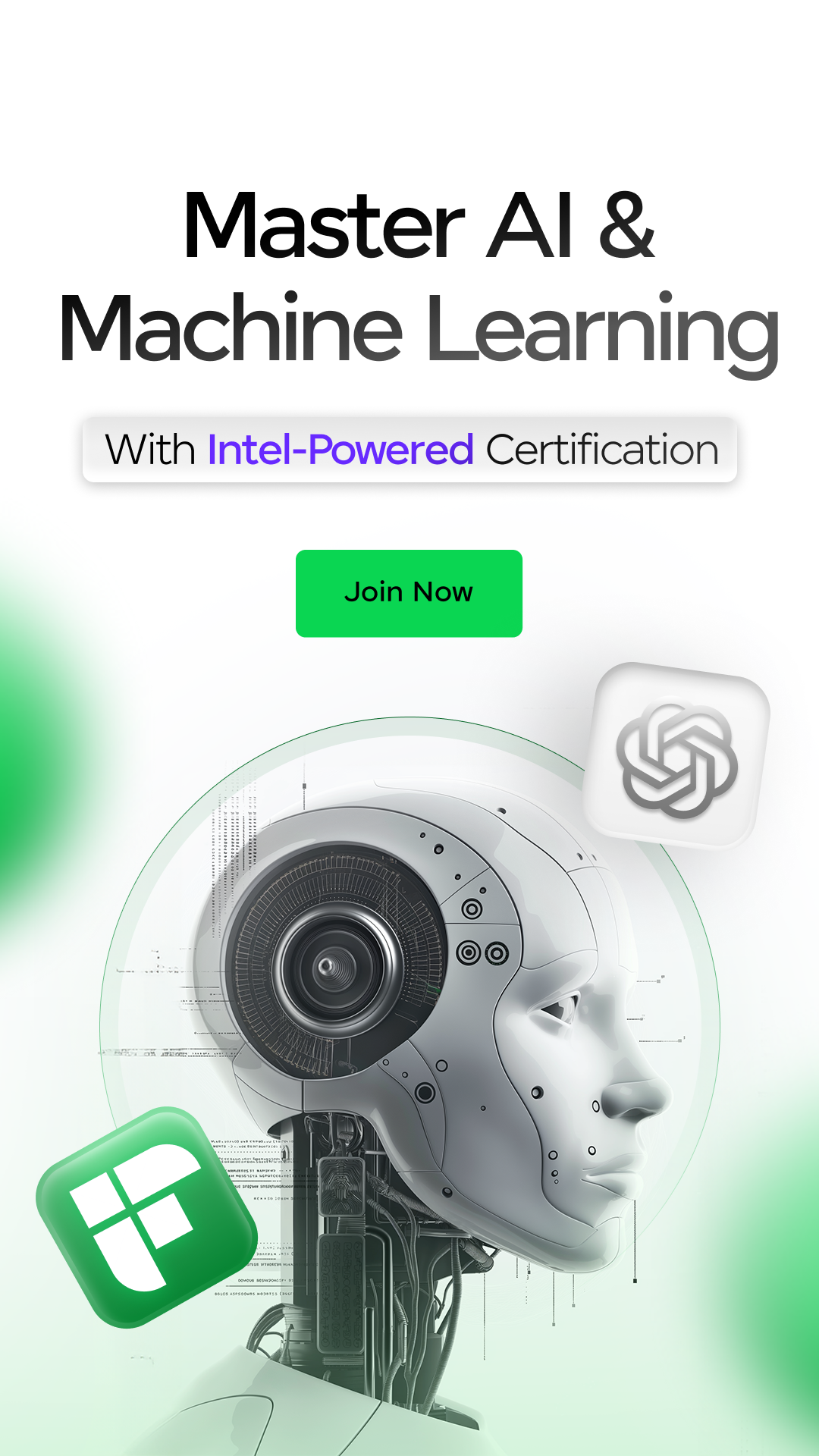



















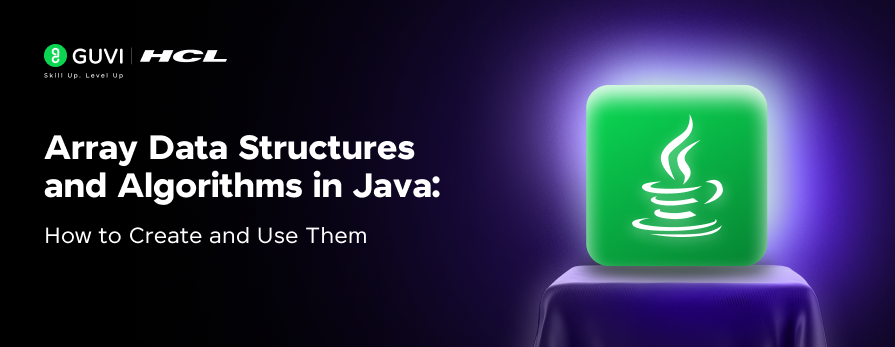

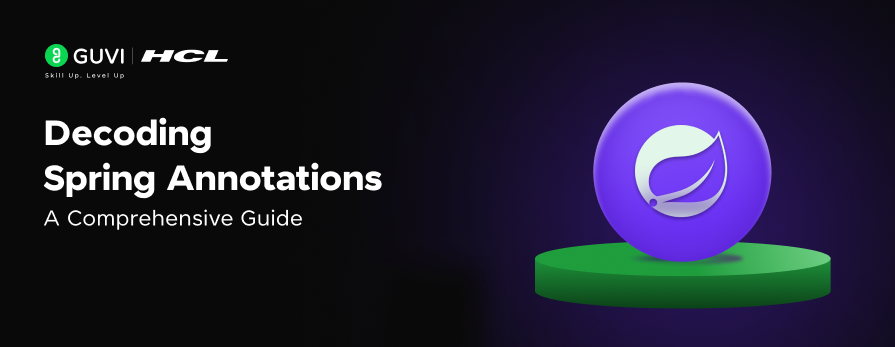
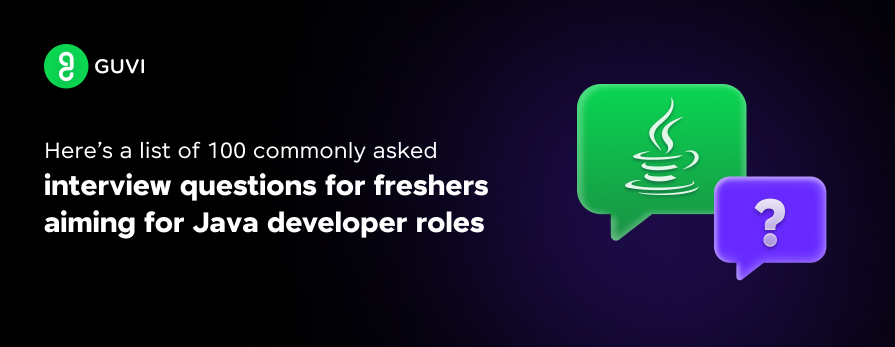
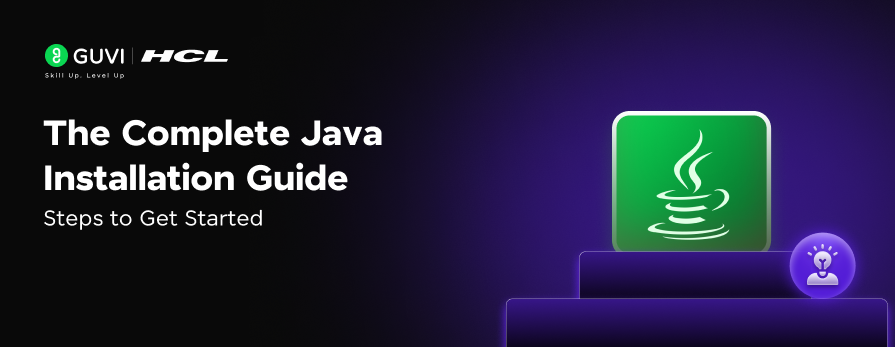
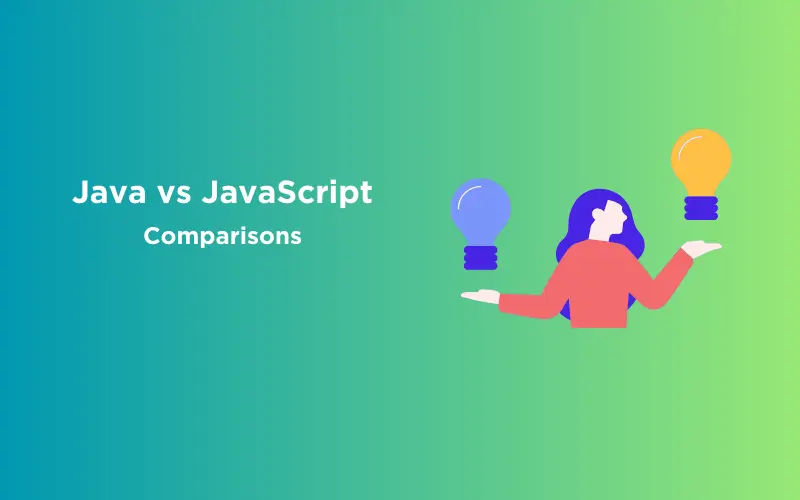






Did you enjoy this article?